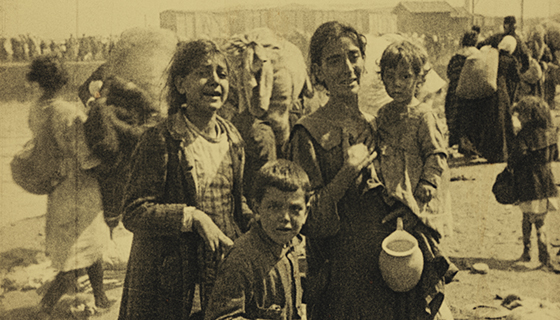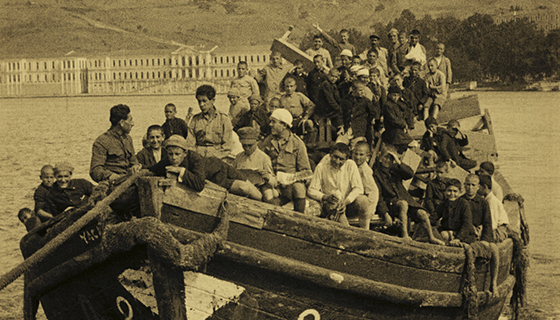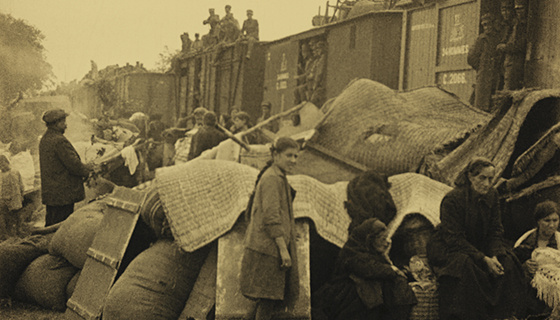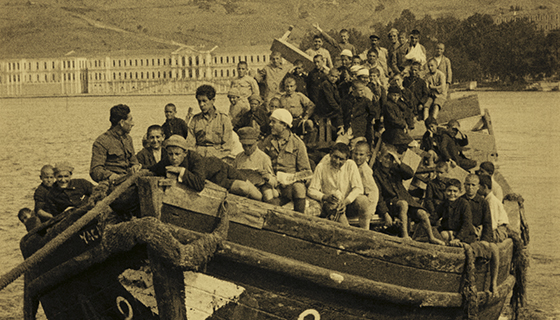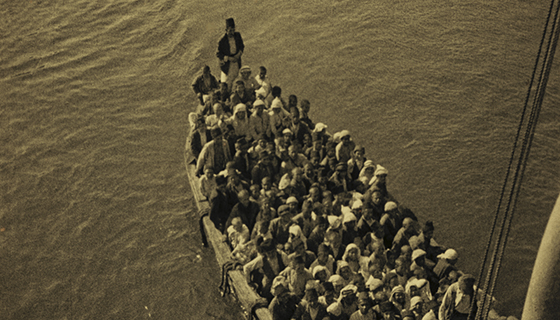But amidst these tragic scenes there are also a few smiling faces: once the boats leave Turkey behind, youthful optimism takes over and some passengers appear to be relishing the adventure that awaits them, away from the brutality that they have just experienced. They are being led, one hopes, to freedom.
These rare video images from the Armenian Genocide epoch were recently screened at the 29th Annual Bologna “Cinema Ritrovato” Festival. Swiss curator, archivist and filmmaker Mariann Lewinsky, who found the footage, has a history of making similar, remarkable discoveries. Using sleuth-like skills and instincts, this curator of the silent film sections at “Cinema Ritrovato” (“Rediscovered Cinema”) had a novel idea for the field of silent film curating to look back 100 years on the centennial of the Armenian Genocide: “For 1915 / 2015, I curated a special program with Armenian silent films, mostly from the Soviet period. But I was also researching the years before 1915 and, together with colleagues, put together a program that includes non-fiction material as well from 1911 to 1919,” says Mariann.

